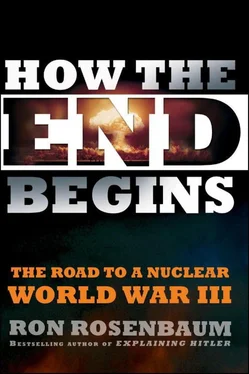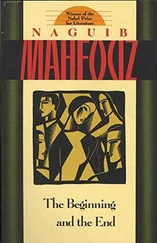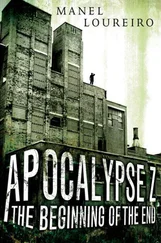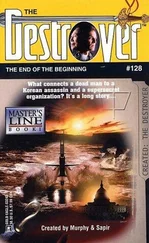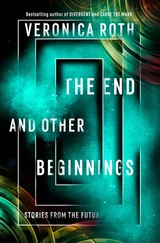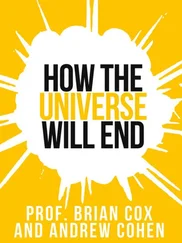Or as Burke put it in that powerful paragraph: “To be effective at all, a United States strategy based on destroying the enemy’s retaliatory capability [i.e., founded on the more accurate silo-based ICBMs] would require preventive war—in essence a surprise attack. Unless ICBMs were used to strike first they were at the mercy of a surprise attack with less than 15 minutes warning. Also it would require correct intelligence on the location of all significant enemy targets.” [324]This is deceptively mild. “Correct intelligence” means that in order to ensure no retaliation from a foe, the whereabouts of whose weapons, including subs we were unaware of, we would have to blanket their land with nuclear detonations.
Then he delivers the rhetorical coup de grâce: “The decision to launch a world holocaust would be the most drastic and desperate decision made since civilization began—and it might very well end civilization.”
Words count in the world of virtual nuclear warfare and war planning. That’s why the actual words are so often euphemisms—“economic infrastructure” for killing urban civilian populations. “Damage Limitation” for a nuclear first strike against the foe’s nukes.
But for a veteran chief of naval operations like Burke to use the phrase “world holocaust” had to count for something. It meant being unafraid to sail at full steam into the fog of euphemism.
Burke’s proposal brought down upon him, as the documents in the electronic briefing book attest, the wrath of the Air Force, which was deeply attached to its land-based missiles because they were Air Force missiles and because land-based missiles were more accurate and could be used not just for retaliation but for a first strike. But what if Burke had won the debate? Would it have changed history? I’d argue that if Burke’s submarine-based, finite deterrence strategy had been adopted it might have been possible to avert the constant danger of hair-trigger launch on warning, launch on attack, launch on attack assessment—the whole spectrum of postures that led to our near-disasters. Of course it would have had to have been adopted by both sides in the Cold War, but there’s no reason why the negotiations couldn’t have gone down that road to a far less costly and less dangerous objective than the shaky stability of SALT.
Even more saliently it became apparent to me, from reading the Burke documents, that the Burke strategy could still offer a path back from the brink we still perch on, a giant step toward the possibility of reaching Zero—or at least ten, a hundred even. But before offering that possibility, permit me an important digression—one suggested to me by Dr. Burr himself: the so-called nuclear taboo.
HIROSHIMA AND NUCLEAR CULTURE
The question that had been bothering Dr. Burr lately, he told me, was: why have nuclear weapons never been used in the sixty-four years since Nagasaki? Is there a nuclear taboo, and, if so, what kind of power does it have? Can we rely on this taboo to prevent the outbreak of nuclear war?
It doesn’t make sense that we escaped nuclear war when you read of the twenty thousand warheads each side had on high alert, the recurrent close calls and the spoon-and-string command and control apparatus designed to keep them in line, the flaws, the holes, the sketchy lines of communication and succession from the very top of the national chain of command to the very bottom of the silos. I’ve read the congressional testimony. It’s not reassuring. Was it, as Robert McNamara told director Errol Morris during the filming of The Fog of War, the documentary on McNamara, just “luck”? It seems improbable.
So the question then is this: what worked, despite all the flaws, the holes, the errors, and false alarms? For forty years we were minutes away from an annihilating nuclear holocaust. That’s a very long lucky streak. If we knew what worked it would give us an edge in the future, right?
Dr. Burr reaches into one of the interstices of the stacks of boxes marked “NUCLEAR SECRETS” for a hardcover book and drops it with a thud on the conference table. The Nuclear Taboo: The United States and the Non-Use of Nuclear Weapons Since 1945 , [325]by Nina Tannenwald, a Cambridge University Press book, part of the “Cambridge Studies in International Relations” series. It was a book that addressed another why-the-dog-didn’t-bark type mystery.
I got my own copy of The Nuclear Taboo as soon as I returned from Washington and found it fascinating because the answer to the question is far from obvious. Tannenwald argues that the prevailing explanation—which she attributes to the realist school of foreign policy, which tends to see the behavior of nations as the pure product of self-interest—is wrong. It doesn’t explain why the U.S. refrained from using nukes against the Chinese in Korea or even against the Soviets during the period from 1945 to 1949 when America had a nuclear monopoly.
Tannewald covers three possible factors that might explain non-use. First, that, to some degree deterrence worked: fear of physical immolation in retaliation intimidated both Cold War superpowers into not launching first strikes.
But she argues for a second explanation for nuclear non-use, something from the realm of ideas and ideals that nonetheless acquired real-world power: the development of a “nuclear taboo” that evolved from an abstract ethical norm into something more than a norm, something more numinous and yet with more effectual force, something genuinely, historically consequential. A taboo.
She finds the origins of the taboo developing early on, citing for instance Paul Nitze, who would later become one of the foremost nuclear hawks of the late Cold War period, declaring during our nuclear monopoly period that “initiating a [nuclear] first strike went against our culture and our self-image as a nation.”
(I have a memorable image of Nitze, no shrinking violet when it came to the use of force. We happened to be riding up in the same Senate elevator as Nitze was going to testify against his former friend and colleague Paul Warnke, who had been nominated by Jimmy Carter to be our nuclear arms negotiator but was regarded by nuclear hawks as too dovish. Nitze, then in his sixties, yet fit and sleekly garbed in an expensive investment banker’s suit, started throwing punches in the air, barely missing those of us in the elevator. He turned to an associate accompanying him and said, “Gotta keep knocking ’em off balance.” His pumped-up testimony succeeded in defeating Warnke. And yet even Nitze knew there was a taboo against first use as far back as the late 1940s.)
Tannenwald finds instance after instance of American leaders thinking that first use of nuclear weapons, as in preventive or preemptive war, was wrong—not strategically or tactically necessarily, but wrong morally and ethically, “inconsistent with American values,” which call for “discrimination and proportionality in use of force.”
She traces the way the norm was tested as it evolved, with mixed results. At first in Korea. General Douglas MacArthur wanted Truman to use nukes against the Chinese pouring over the border and almost driving the American army into the sea, but Truman and his advisers, including Nitze, decided against it, at least in part because they thought it would be morally wrong. But in the Taiwan Straits crises in the 1950s, Eisenhower (we learn—through documents declassified by the good Dr. Burr) authorized the use of nukes if necessary to stop an invasion of Taiwan by the Beijing regime; the Chinese didn’t provide the occasion to test this determination, but obviously the taboo had not yet become entrenched.
She takes us through the trauma of the Cuban Missile Crisis, the greatest challenge to the taboo, with generals such as Curtis LeMay eager for an excuse for a definitive nuclear war he was sure his Air Force could “win,” while the Kennedy brothers by all accounts had internalized the taboo to the extent of secretly giving Khrushchev what he wanted—withdrawal of U.S. missiles from Turkey and a no-invasion pledge on Cuba. (The heroic Kennedy victory in the affair has been downsized by subsequent revelations summarized in Michael Dobbs’s 2009 book, One Minute to Midnight.)
Читать дальше
